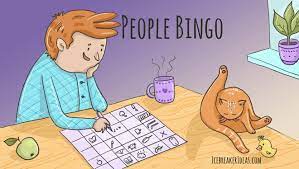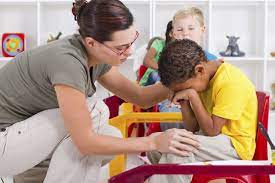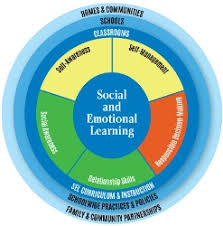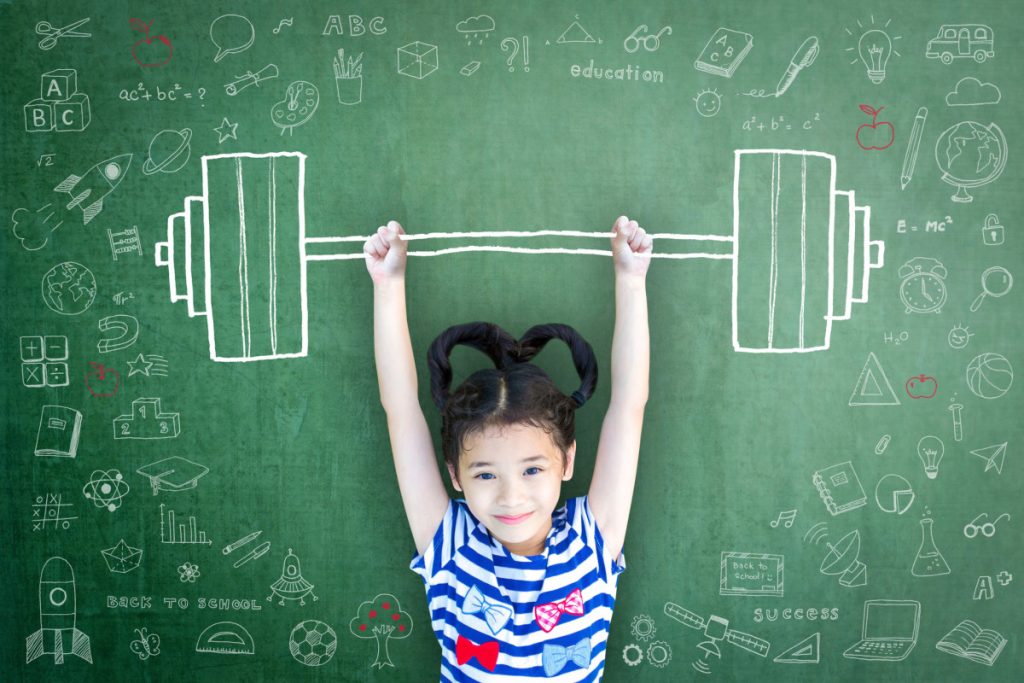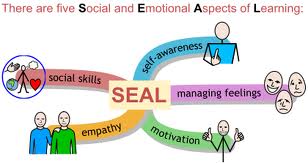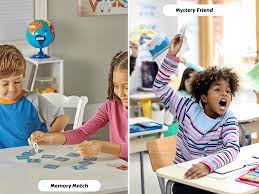Introduction:
Self-disclosure is the act of revealing personal information about oneself to others. It is an essential component of human communication, and it helps build trust and strengthen relationships. Engaging in self-disclosure activities can promote personal growth and improve your connections with others. In this article, we explore 20 superb self-disclosure activities you can try to enhance your self-awareness and bond with others.
1. The Icebreaker Game – Ask participants to share a fun fact or unique story about themselves as they introduce themselves.
2. The Relationship Scavenger Hunt – Group participants together and have them find common interests or experiences to build connections.
3. Two Truths and a Lie – Have each person tell two true statements and one false statement about themselves. Others must guess which statement is false.
4. Journaling – Encourage individuals to write about their personal experiences, feelings, and thoughts regularly.
5. The Talking Stick – In a circle, pass around a small item acting as the talking stick; whoever has it shares something personal while others listen respectfully.
6. Fishbowl Conversations – Participants take turns sitting in a designated “fishbowl” spot, speaking candidly about personal experiences related to a predetermined topic.
7. The Empathy Walk – In pairs, participants take turns sharing personal stories while the other listens attentively without interruption.
8. Pillow Talk – With close friends or partners, turn off all electronic devices, lay down on pillows, and have extended discussions about deep topics.
9. Silent Interviews – Participants pair up, equipped with notepads; they must write down questions to ask their partner while receiving written responses in return.
10. Inside Out Movie Activity – Discuss which emotions in the film Inside Out (Joy, Sadness, Anger, Fear, Disgust) resonate with individuals and why.
11. Self-Disclosure BINGO – Create custom BINGO cards with prompts that invite people to share personal insights or experiences.
12. Dear World Photography Project – Participants write a secret, dream, or confession on their bodies and pose for a group photo.
13. Storytelling Circle – Have participants sit in a circle and take turns telling stories about meaningful life events or challenges they have faced.
14. Emotional Charades – Participants take turns acting out different emotions while the audience guesses which emotion is being portrayed.
15. The Blanket Exercise – A guided activity about societal history and personal narrative, allowing participants to share their own stories as they arise during larger discussions tied to the human experience.
16. Mind Map Your Life – Individually create visual diagrams that represent major life events, relationships, and experiences that shaped your life.
17. Self-Disclosure through Art – Use art to express your emotions or experiences by painting or drawing and sharing your creation with others.
18. Mirror Activity – A guided activity where participants pair up, mirror each other’s movements, and establish trust without speaking.
19. Trust Fall Exercise – One person falls backward with their eyes closed, trusting that their partner will catch them to show their vulnerability.
20. Time Capsule Letters – Write a letter to your future self discussing your current thoughts, feelings, and experiences; open and read the letters together at an agreed-upon later date.
Conclusion:
Self-disclosure activities are an excellent way to foster personal growth, strengthen relationships, and build trust with others. These 20 superb self-disclosure activities offer various ways for people to open up and connect on a more profound level. So why not give them a try? Whether individually or in a group setting, these exercises can lead to eye-opening revelations and forge stronger bonds.
